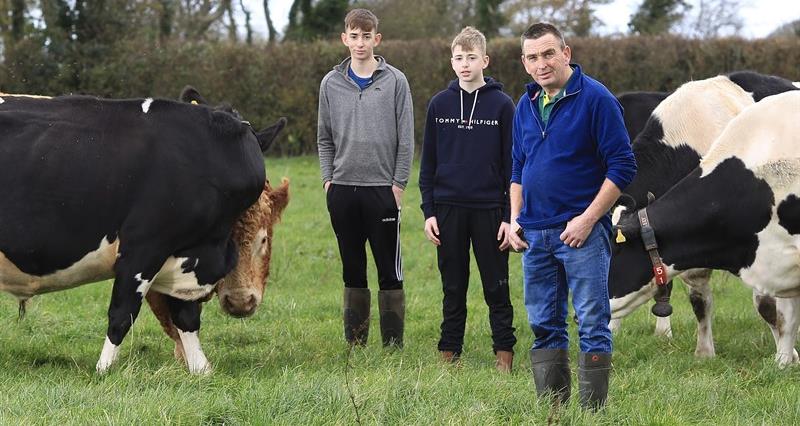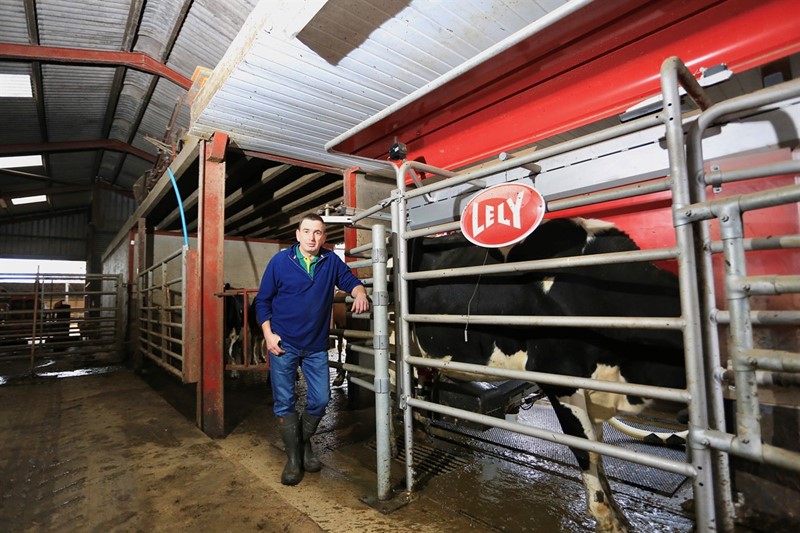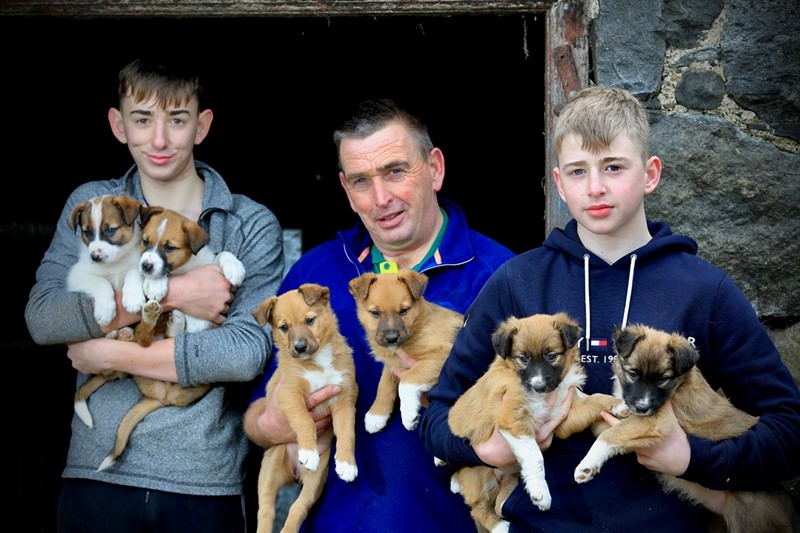A 55-cow dairy herd is considered small in an industry where the average is now three times that number, but Ifan Evans is making it work with automated milking and by generating an income from a tourism diversifi cation.
Investment in a milking robot
He invested £120,000 in a milking robot three years ago and by his own admission it is the best money he has ever spent. “It has dramatically improved my quality of life, I don’t have to worry about being at home at certain times to milk and can enjoy time with the family,” says Ifan, who is married to Rowena, a primary school teacher; the couple have two sons, 17-year-old Huw, and Gwilym, who is 15.
The family farms at Tyn Rhos, a holding near Caernarfon that Ifan’s mother moved to with her parents in the mid-1940s, when she was five-years-old.
Ifan’s father bought the farm from his father-in-law and Ifan and his brother, Gwynfor, have been farming it together in recent years. Gwynfor has now decided to exit farming so Ifan is buying his share and will take the farm forward.
Research based on robots used in grazing systems in Ireland
The business covers 140 acres of owned and rented land. Grazed grass has always been an important part of the system at Tyn Rhos. When Ifan was contemplating a switch to robot milking he based his research around robots used in grazing systems in Ireland.
“The Irish are really up to speed on this,” he says. He was confident the system would work at Tyn Rhos and, when the abreast parlour needed
updating, he took that approach and installed an A4 Lely machine.
“The parlour was pushing 50 years old, and I wanted to spend more time with the family so I worked out that it would be cheaper to install a robot than to build a shed and put in a new parlour,” he explains.
Substantial investment
“The robots were a substantial investment, but we have saved on building costs because you don’t need collecting yards with this system.”
From mid-April the system operates around grazed grass for six months. Cows return from one direction, get milked and exit in another direction to fresh grazing according to how the time schedule bars on the software programme have been set.
“This system allows us to provide the herd with a suitable environment to deliver a higher yield at grass while keeping our feed costs down,” says Ifan.
Encouraging cows to take themselves to be milked
The secret of integrating grazing with automated milking is not to over-allocate each grass break, to encourage cows to take themselves to be milked, he advises.
Cows are given a fresh break at 2pm and 2am, accessed through grazing gates once they have been milked. They have worked out these timings.
“About half an hour before the gates change there is a steady stream of cows coming through,” says Ifan.
“When I go down to the grazed paddock at around 7am there will only be half a dozen low yielders left in there.”
The cows were quick to adapt to the new system of bringing themselves in to be milked. Initially it took four days and nights of encouraging them through the robot before they went through of their own accord on the fifth day.
“Around 75% took to it straight away,” Ifan recalls. Cows are currently averaging 2.93 milkings every 24 hours.........
Members can read the full feature in the January edition of Farming Wales.


